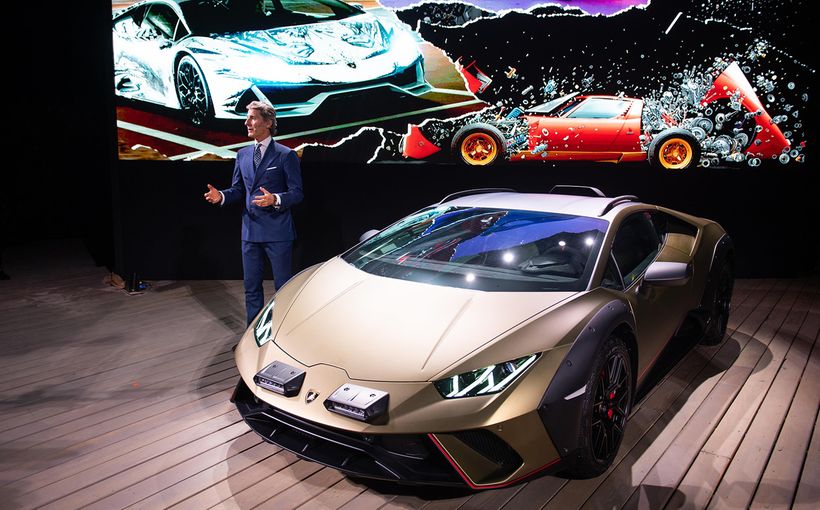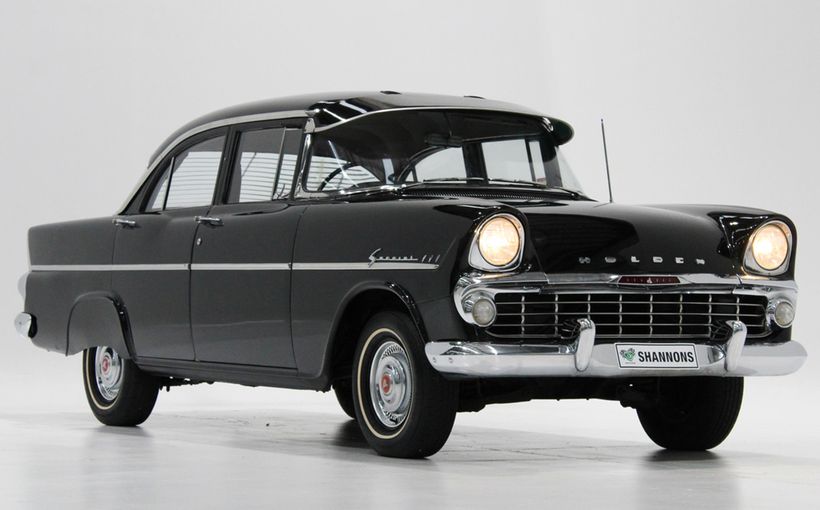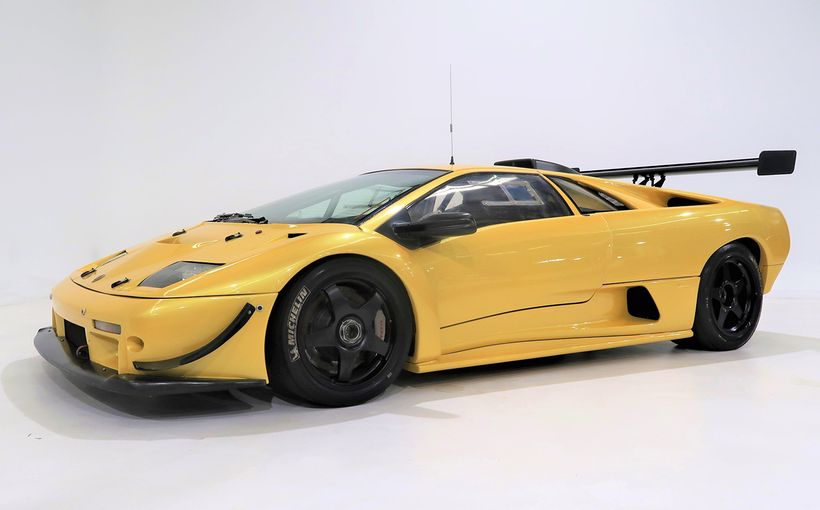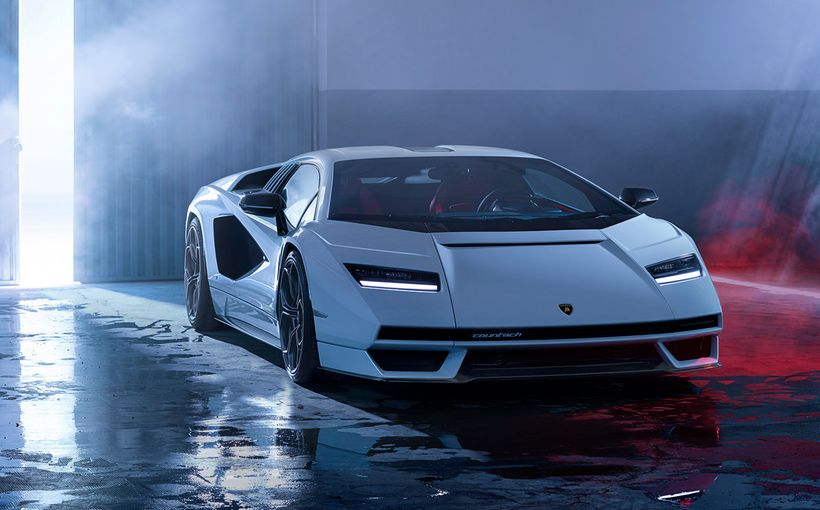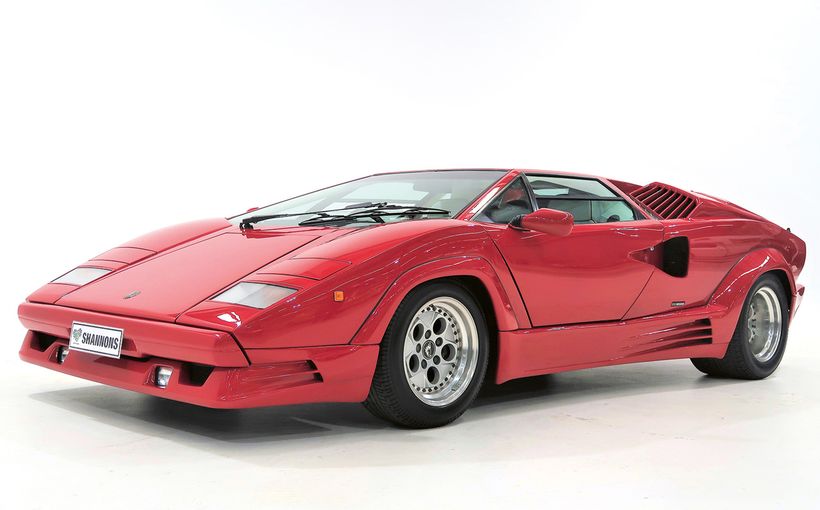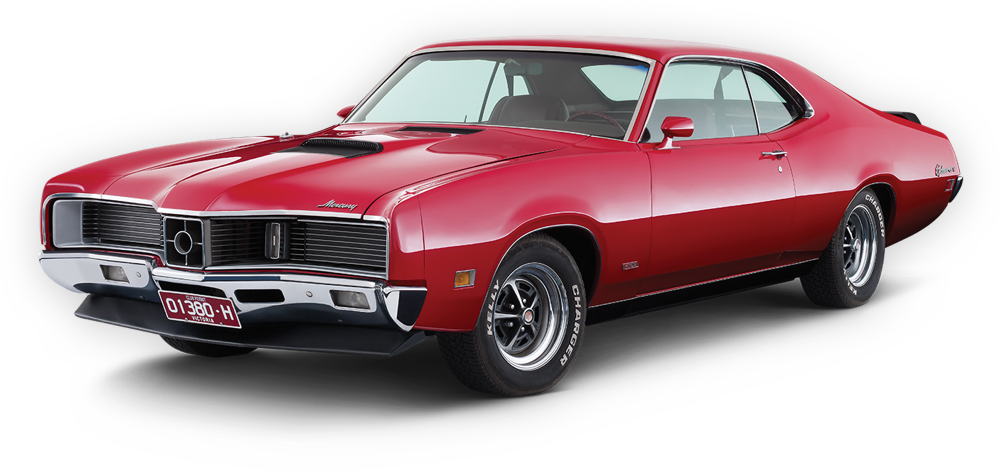LAMBORGHINI MIURA: Ushering in the Mid-Engine Revolution
By
DrJohnWright -
21 July 2025
The original plan was to write this story without reference to The Italian Job but then came the realisation of how much the hero cars of the movie – the
Mini-Cooper S and Lamborghini Miura – have in common.

The Miura was a genuine showstopper. Image:
wheelsage.org
As the designers pondered the challenge of locating the huge Lamborghini V12 engine immediately behind the driver, someone remembered the engineering solution hit upon by Alec Issigonis for the Mini-Minor – incorporating engine and gearbox in the one unit, sharing their oil. Amazingly, the first Miura mule with the engine behind the driver was fitted with a BMC A-series unit borrowed from a Mini. Of all the millions of people who have watched The Italian Job (some of them multiple times), how many would have known this?
So radical was the Miura in a world of front-engined supercars that it was first displayed as a naked chassis for which no gorgeous body had yet to be designed. This was on 3 November 1965 at the Turin motor show. Orders were placed for a car that did not even exist. The story goes that representatives of almost every leading Italian carrozzeria proposed their services in the matter of supplying the body beautiful. But Nuccio Bertone left it until late in the day to saunter across in seemingly casual fashion to the Lamborghini stand. He said, ‘I will pen the perfect shoe to fit such a wonderful foot.’

Jim Clark and Colin Chapman seem impressed.Image:
wheelsage.org
The finished P400 (Posteriore 4 litri) Miura complete with eyelashes was displayed at the Geneva Salon on 10 March 1966. Some members of the Shannons Club will like me remember when the Miura hit the motoring magazines. It gives further pause for thought that the designer of this beautiful car, Marcello Gandini, died quite recently; at that time, he was at the beginning of his career and aged just 25.
Looking back almost six decades, it seems an even more remarkable period in automotive history than in the day:
Mustang, Pontiac GTO,
Ford GT40, Miura; nothing seemed impossible, and the pace of change was the quickest it had been since the earliest years of motoring. (The launch of Lamborghini’s first car, the 350 GT in 1964, was a seminal moment, the advent of a whole new supercar brand!)

In 1966 this constituted a most unusual profile. Image:
wheelsage.org
Another influential visitor to the Lamborghini stand on that November day in 1965 was Giovanni Agnelli, head of Fiat which had recently acquired Ferrari. Agnelli had some Ferrari executives in tow and, gesturing at the naked chassis, he told them that here was the future of supercars. So, even before the body beautiful clothed the Miura’s chassis, there was a profound sense of something new. (A similar sense came at the 1982 Paris Salon when Audi displayed its new 100 CD – for ‘Corps Diplomatique not coefficient of drag! – with a promised 0.30 CD.)

The Ferrari-esque gated gearchange was hardly a surprise. Image:
wheelsage.org
And yet, it seems somewhat weird to hear the Miura described as the world’s first mid-engined production supercar when in part it was influenced by the 1964 Ford GT40, which in turn grew out of Eric Broadley’s Lola GT. But only 31 of these Fords were produced as road cars. (In the UK where the price was 7,540 pounds, an ad said: ‘if you’re a bit worried about your future son-in-law, just ponder over the value: five
Escorts, plus three Cortina Estates, plus a Corsair 200. You could become the first 9-car family in your road.’)

Rear view probably least impressive. Image:
wheelsage.org
To make the V12 engine practicable when mounted transversely, considerable re-engineering was required including reversal of the direction of rotation.
Almost every aspect of the P400 Miura was state of the art: all-independent coil suspension, four-wheel disc brakes, drivetrain, that fabulous quad-camshaft V12 engine, five-speed gearbox with synchromesh even on reverse, the radical Gandini streamline. And how could the Lamborghini engineers resist incorporating a Ferrari-esque gated gearchange?

The P400S retained trademark eyelashes. Image:
wheelsage.org
But the 1960s were not the 2020s and the Miura was prone to causing issues when new. A major problem, according to Del Hopkins, who worked in the UK for Lamborghini’s various importers from 1971 to 2000 and was interviewed for the February 2010 issue of Thoroughbred and Classic Cars, was the Bertone-built body: ‘the quality was poor. If you took a door trim panel off to repair an electric window it was like putting your hand in an alligator’s mouth.’ The heater controls ran on cables which soon gave up the ghost and owners used elastic bands or cable ties to make them work. And there were catastrophic engine bay fires. ‘They basically had racing carbs that weren’t designed for long periods of idling,’ says Hopkins. It was easy for the air filters to ignite. Nevertheless, he adds, Miura quality was head and shoulders above Ferrari; indeed, arguably, it was not until the advent of the
Honda NSX that the most famous of Italian marques ally got a proper grip on quality.

The 1971 P400SV was the final Miura and certainly the most desirable. Image:
wheelsage.org
Quite early on, Lamborghini began using higher-grade steel for the monocoque.
It was an era when customers were resigned to the fact that new cars and especially the advanced and delicate Italian gran turismos were prone to breakdown. Engineer Bob Wallace, a New Zealander who worked at Ferrari and later Lamborghini, and was interviewed for the Thoroughbred and Classic Car article says: ‘If a customer had a problem with his engine we could change the damn thing while the sales team took him to lunch. We’d stamp some new numbers on it and shut up. They’d leave the factory happy.’

Compared with the orange and gold version, this SV in dark metallic green looks almost conservative! Image:
wheelsage.org
Like many of the most exciting 1960s sports cars, including the
Jaguar E-Type, the Miura was not quite as fast as the claims made for it. Lamborghini spoke of 300km/h but the reality was closer to 275. At these speeds it was beyond scary though. Much of the problem was tyre quality, and some experts argue that it was unwise to fit equal-sized tyres front and rear. But this looks rather like wisdom in hindsight since it was rare in 1966 to fit wider tyres at these speeds rear, although Lamborghini did introduce wider rear tyres for the last of the series P400SV.

SV engine bay is a beautiful sight. Image:
wheelsage.org
The P400S was shown in Turin in November 1968. Exterior changes were minor but there were power windows and a new overhead console, while air-conditioning was offered as an option. Power was tweaked from 257kW to 272kW via larger intake manifolds and revised camshaft profiles. The rear tyres were now wider than the fronts at 225/70VR15 compared with 215/70VR15s.

SV interior looks more elaborate than the original Miura’s. Image:
wheelsage.org
The P400SV arrived in 1971. The gearbox acquired a separate lubrication system. Maximum power climbed to 283kW, stupendous for the time. The famous eyelashes were consigned to history and wider rear mudguards housed nine-inch-wide wheels shod with 255/60R15 Pirelli Cinturatos.
Looking back, it is difficult to believe that such a celebrated machine was in production for just seven years, during which time it offered a new motoring dream.















